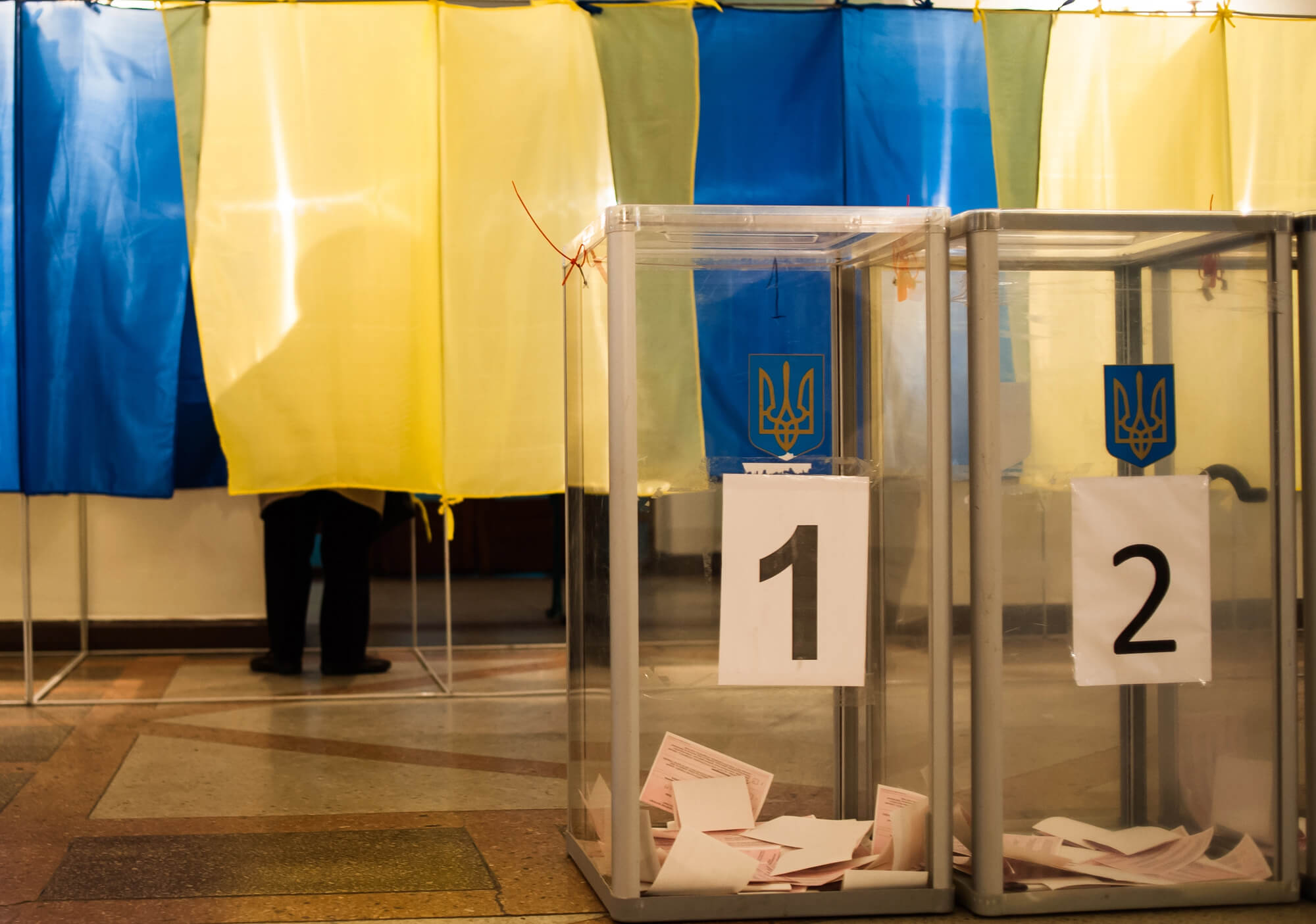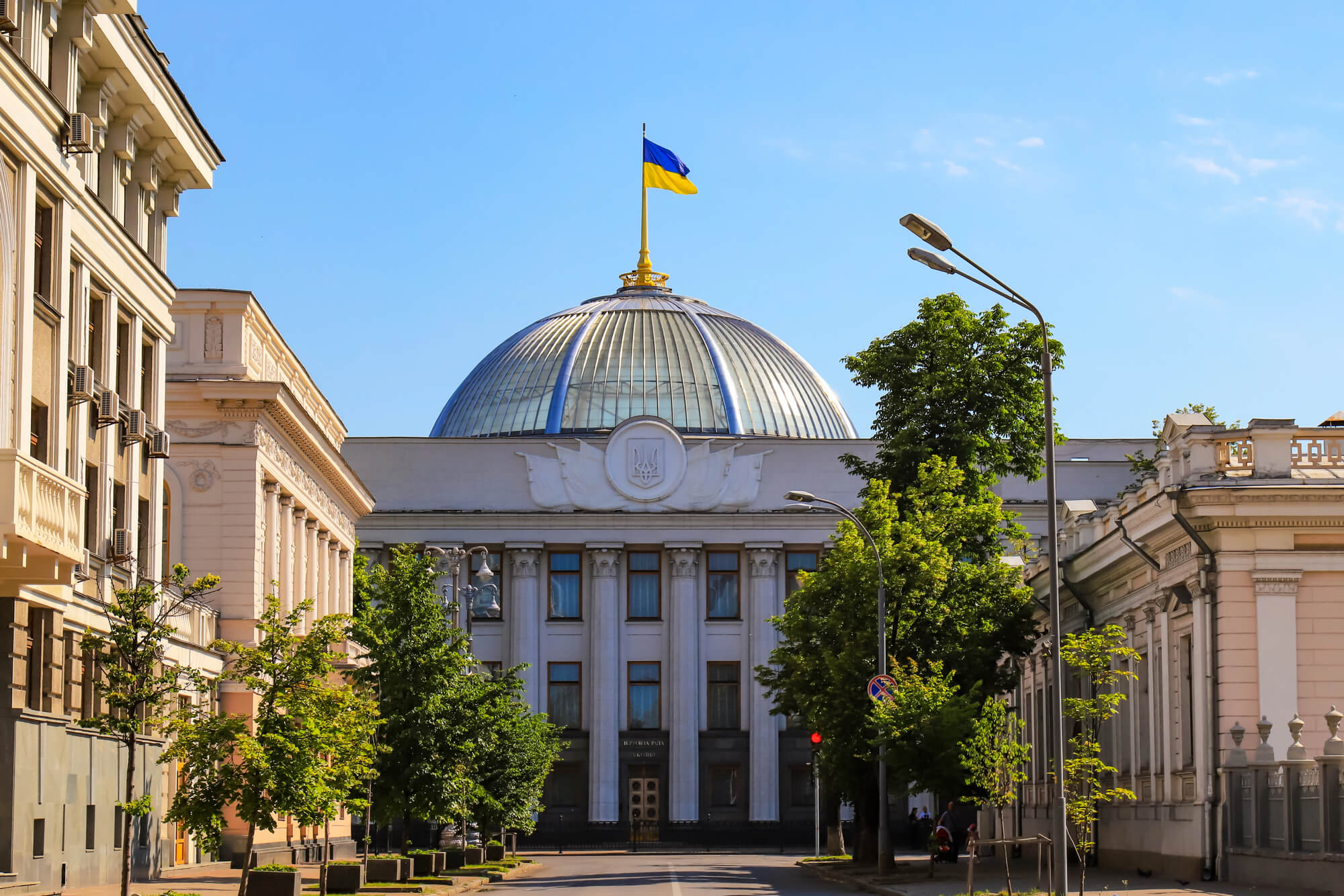Recently VoxUkraine published the article of Robert Cooper ‘Ukraine’s strategy in the East’. It raises an extremely important question about a possible set of steps needed to resolve military conflict in Eastern Ukraine. While I fully endorse the objectives and means, and the overall idea that the situation should be taken from battlefields to diplomatic halls, I highly doubt that the suggested steps are feasible.
The first step of the agenda, in line with the Minsk agreement is ceasefire. This is paramount, especially bearing in mind a notable increase in the number of casualties during the past 2 weeks. If one wants to reach a ceasefire, then s/he has to find out who currently continues to fire and why.
One should understand that in Ukraine (including the occupied territories) there has been no significant production of artillery shells (there is only one factory in Shostka, which hasn’t produced artillery shells since 2004, but has potential to do so) while missiles for Grad and similar complexes have been never produced in Ukraine (see e.g. here for general overview by BBC and here by Russian experts). In the occupied territory there is one factory that made small gun ammunition and two enterprises that produced gunpowder and explosives but never shells of missiles.
There are military stocks – leftovers from the Soviet Union era, but they were never located in the occupied regions (they were located in other oblasts, usually closer to the western border). Therefore, the only way separatists receive materiel for artillery attacks is from Russia. This means that while the part of the Russian-Ukrainian border remains without monitoring by a party that is interested in complete blockade of inflow of military stocks, no one can guarantee the absence of new supplies.
At the same time, in the suggested agenda, return of the border under Ukrainian control is the last step. The author argues that this is because “the Minsk Agreement states that restoration of control of the border to the Ukrainian government should begin on the first day of the local elections and should be completed following a political settlement, including constitutional reform.” Yes, Minsk-II states this, but prior to the elections it states that “release and exchange of all hostages and illegally held persons, based on the principle of “all for all”. This process has to end – at the latest – on the fifth day after the pullout (of weapons)”, which hasn’t been done, as well as several other steps.
Ukraine can argue that while “full (sic!) control over the state border by Ukrainian government in the whole conflict zone” can be made on the first day of the elections, but monitoring of the whole segment of the border can and to my view should be established by the OSCE group in line with the following step: “Effective monitoring and verification of ceasefire regime and pullout of heavy weapons by OSCE will be provided from the first day of pullout, using all necessary technical means such as satellites, drones, radio-location systems etc.” because, as I said, it is impossible to verify ceasefire without the control of supply routes, which currently lay solely through the Russian-Ukrainian border. It is possible to temporarily cede control of the Ukrainian side of the border to representatives of OSCE, UN or other organization as long as its whole length is monitored. This also sends a ball to the Russian side – if they truly want to pacify the situation, they should let OSCE mission to be present on selected points of the border (all transborder rail and motor ways), after they are in full control of their side of the border.
Unilateral unconditional ceasefire adopted by Ukraine is a bad option. Remember, when the Minsk-II was signed on February 12th, 2015 it stated “Pull-out of all heavy weapons … for armed formations of particular districts of Donetsk and Luhansk Oblasts of Ukraine, from the contact line in accordance with the Minsk memorandum as of Sept. 19, 2014”, while in reality these armed formations used the ceasefire to advance in Debaltseve and capture it on February 18th. It seems very likely that any unilateral unconditional ceasefire will be used by separatists for grabbing new territories, especially bearing in mind their continuous claims that the borders of so-called people’s republic should coincide with administrative borders of Luhansk and Donetsk oblasts (now they control roughly half of the territory).
In conclusion, Ukraine should seek ways to minimize loss of its citizens’ life and property in the occupied territories, and any agreements which further that goal are welcome. However, for the long lasting peace we have to guarantee that no new weapons, ammo and armed forces can access the occupied territory, therefore, an international monitoring of all shipping through the border should be the decisive first step, and not the last, as suggested by Robert Cooper.
Attention
The author doesn`t work for, consult to, own shares in or receive funding from any company or organization that would benefit from this article, and have no relevant affiliations



